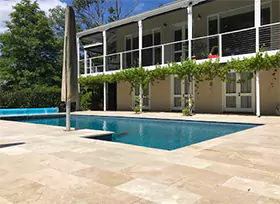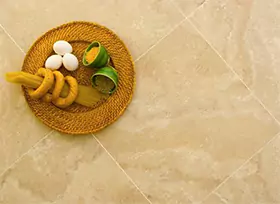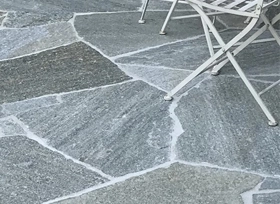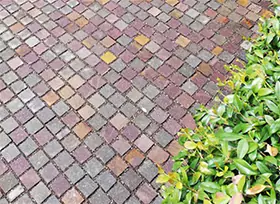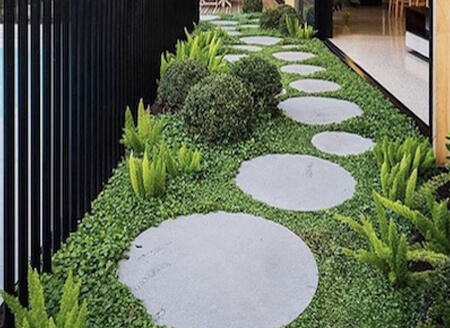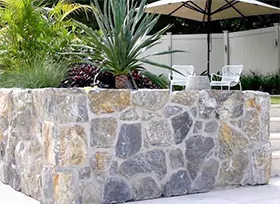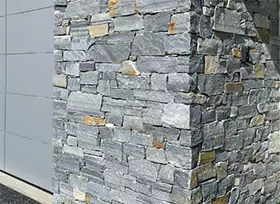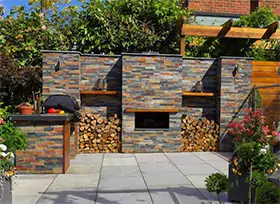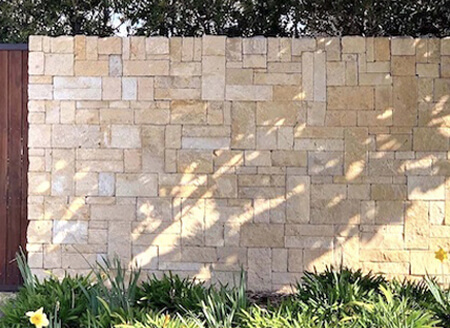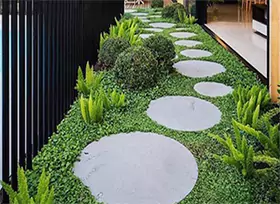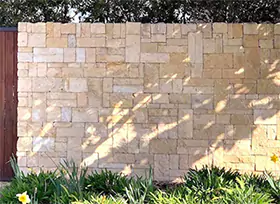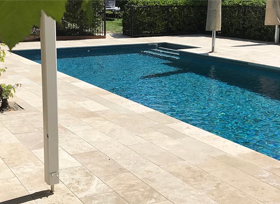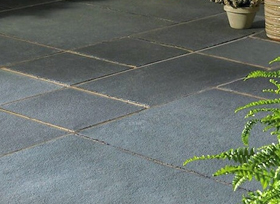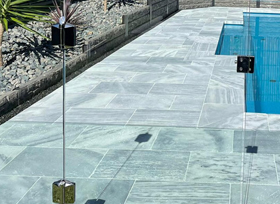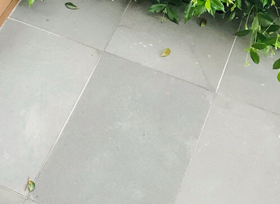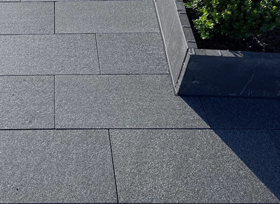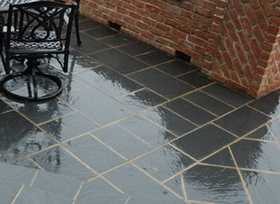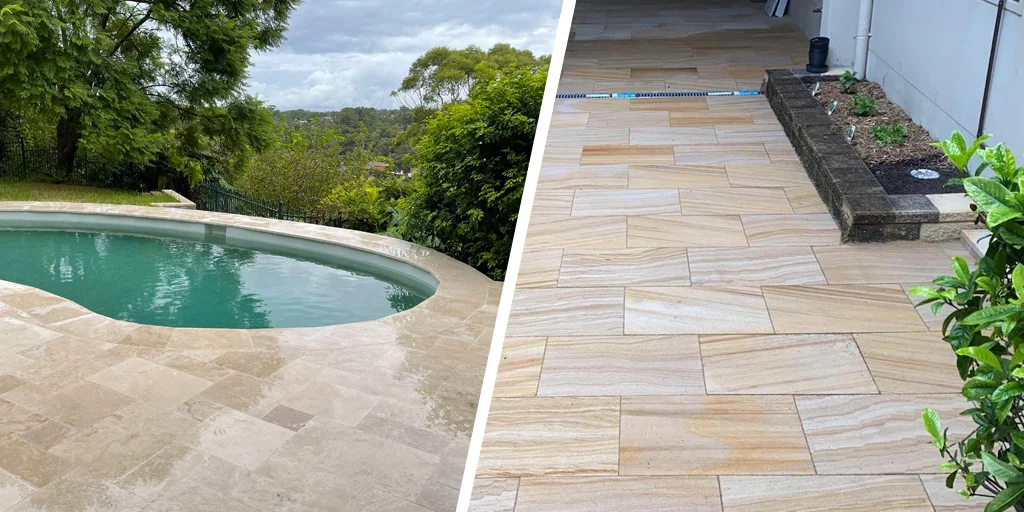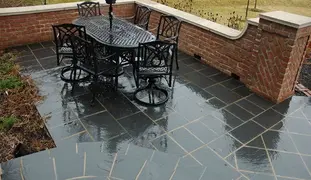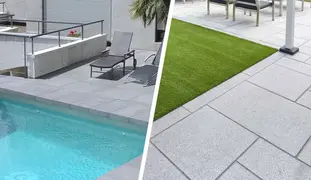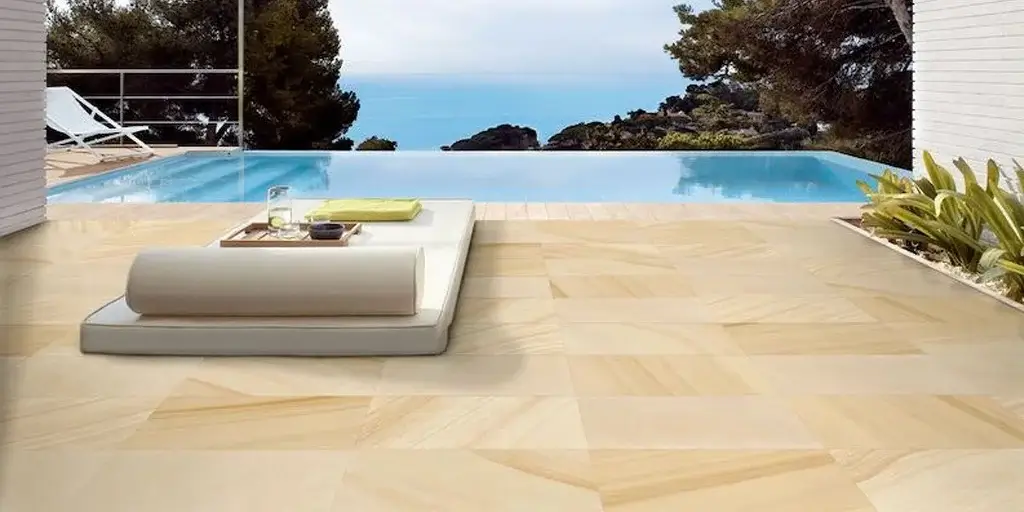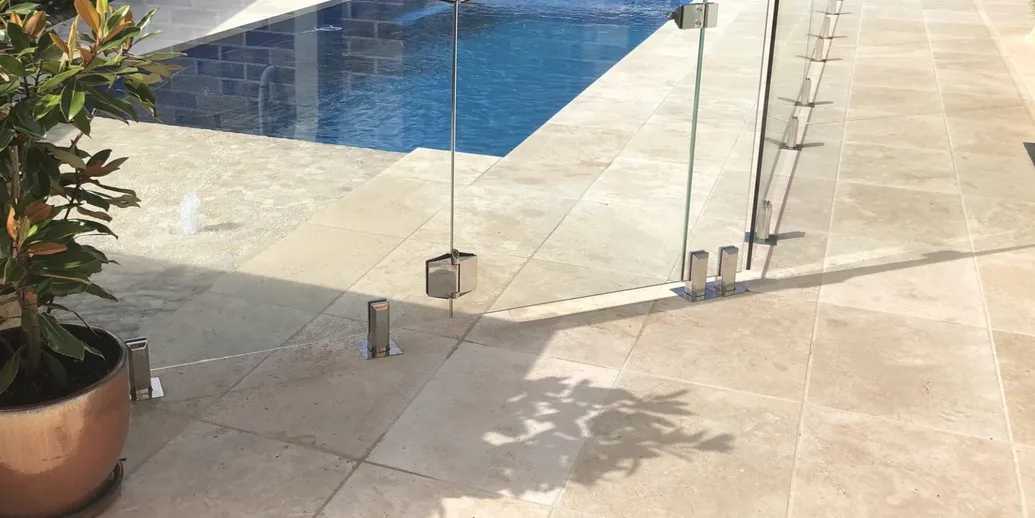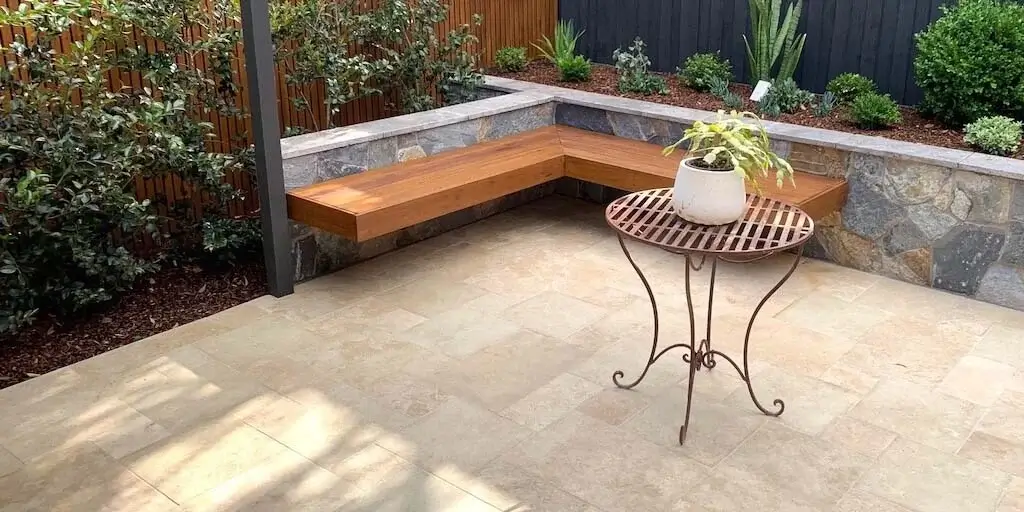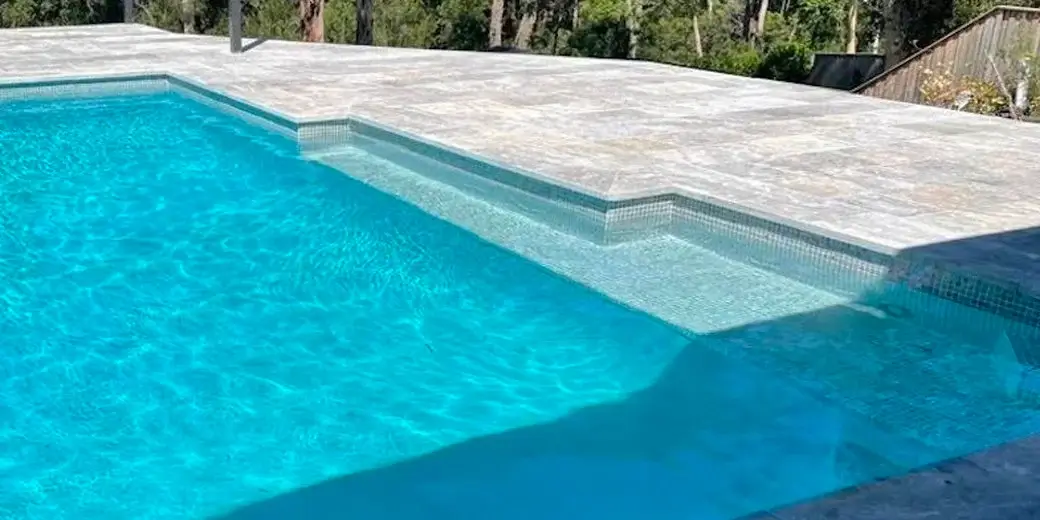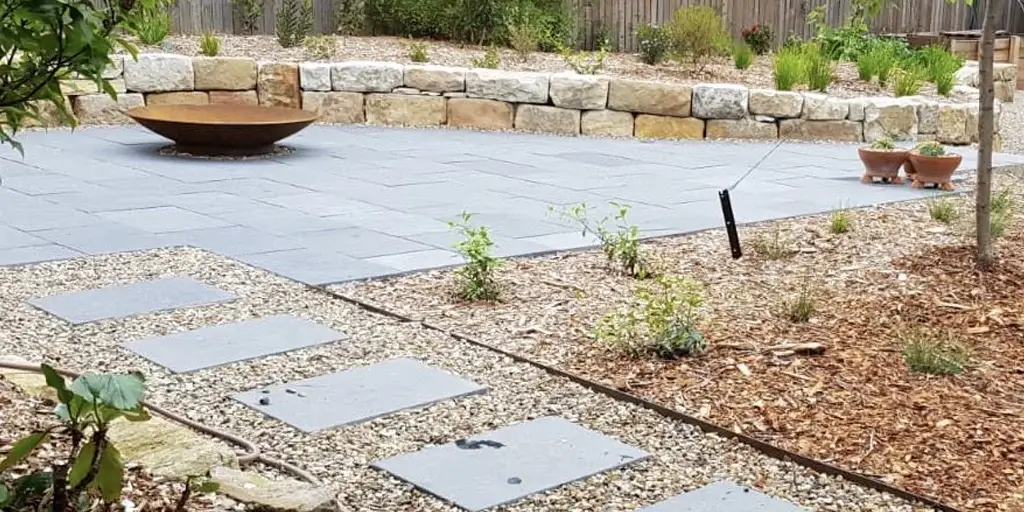We understand how picking between Travertine and Sandstone can often get confusing. The similarities of both stones, especially in the soft colour tones make the choice even more difficult. This blog post intends to list the differences and highlight the strengths and weaknesses of both so that you can easily select one or may combine them at your convenience.
Travertine and Sandstone - What are they?
Travertine is a sedimentary rock formed millions of years ago around lakes and rivers. The calcite-rich stone is a pre-stage Limestone subjected to high temperature and pressure. The stone's unique feature is the natural holes on its surface.
Sandstone is also a sedimentary rock formed in beds of sand in the sea compressed by overlying sediments. Sandstone is chiefly made of coarse sand-sized grains of quartz and several other minerals.
The differences to consider
1. Hardness and Porosity
Travertine is a moderately hard stone falling between 3 and 4 on the Mohs Scale of hardness. The presence of calcium carbonate makes it relatively softer than Sandstone. Yet, it is dense and therefore often used as a flooring material in residential projects. It is best to use Travertine in areas with low traffic because it is porous and requires intermittent sealing for protection against wearing down, staining, or scratches.
Sandstone is rather harder than Travertine falling between 6 and 7 on the Mohs Scale of hardness. Yet the stone has a low density and is hence easy to cut or work with. This property makes Sandstone pavers appropriate for use in the patio, alfresco, or gardens with low traffic. This stone is equally porous as Travertine and needs frequent sealing for protection against staining or other damages.
2. Water Resistance
Travertine and Sandstone, both are porous and absorb water or liquid spills. With sealing the pores can be blocked, cutting down the absorbency. Both the stones require intermittent sealing to keep their respective surfaces protected. Post sealing and processing, both the stones are suitable for use around pools, in outdoor places exposed to moisture, and on indoor floors.
Sandstone tiles and polished Travertine tiles are not recommended for bathroom/shower floors but can be used as wall tiles or backsplash. However, Honed Travertine tiles can be used in the bathroom after sealing. Here is a handy guide on sealing Travertine tiles.
3. Appearance
The colours and pattern variation on Travertine are caused by chemical or mineral impurities and organic content during its formation. The colours include cream, beige, blue, black, and more. The patterns include layered bands with holes of various sizes on their surface. Homeowners often use Travertine to create a subtle classy appearance in their space.
Common colours of Sandstone include white, yellow, black, pink, grey, and black depending on the area of origin. Yellow and grey are the most common colours. Speckles and swirl patterns are unique characteristics of Sandstone that give desert-like or sandy vibes.
4. Slip-resistance
In the case of Travertine, the unfilled finish (with a rugged surface and visible holes on the surface) offers good slip resistance. Therefore, Travertine pavers are used in outdoor places like the patio, pool paving, and alfresco where chances of slipping hazards are reduced to zero. Even the honed finish Travertine offers reasonable footing. Only the polished variety of Travertine might get slippery when wet.
Sandstone is naturally slip-resistant even with a smooth surface. Therefore, it is used in landscaping or pool surrounds. Sandstone pavers have been in use for many decades across multiple outdoor locations.
5. Maintenance
It wouldn't be wrong to say that both the stones have a similar kind of upkeep requirement, though Travertine demands slightly more. Spills should immediately be cleaned to avoid staining. For both stones, sealing is of utmost importance to keep them intact.
Travertine is acid sensitive whereas Sandstone does not react to mild acids. This difference will help you pick the right kind of cleaner.
Both the sones are soft, abrasive elements should be avoided. However, to clean dust or debris from Travertine tiles or pavers, just sweep or mop with a damp cloth. Regular power washing or use of vacuum cleaner may harm Travertine's surface. On the other hand, Sandstone being relatively low maintenance can be vacuum cleaned by using soap solution, damp mop, or power washing.
6. Cost
Travertine is typically priced at around $3 per square foot. The low cost of this stone allows homeowners to remodel their houses without spending much.
Sandstone is not as costly as marble or limestone. Locally available Sandstone is economical compared to concrete or cement.
Don't forget to add the cost of maintenance while calculating the cost of the stones.
The last word
Travertine continues to rule the trend-charts with its luxurious and classy appearance. Its resemblance to marble and anti-slip properties is perhaps why it is preferred by several households. When compared to Sandstone, it has almost similar maintenance needs and overall strength. With more hardness, less cost, and less maintenance, Sandstone wins over Travertine. You can choose Travertine for pool pavers and Sandstone for the patio to create a balance. The choice would ultimately depend on cost, availability, and preference of homeowners.
*Disclaimer: All information and advice given above in the blog are to the best of our knowledge. Please reconfirm at your end before execution.



